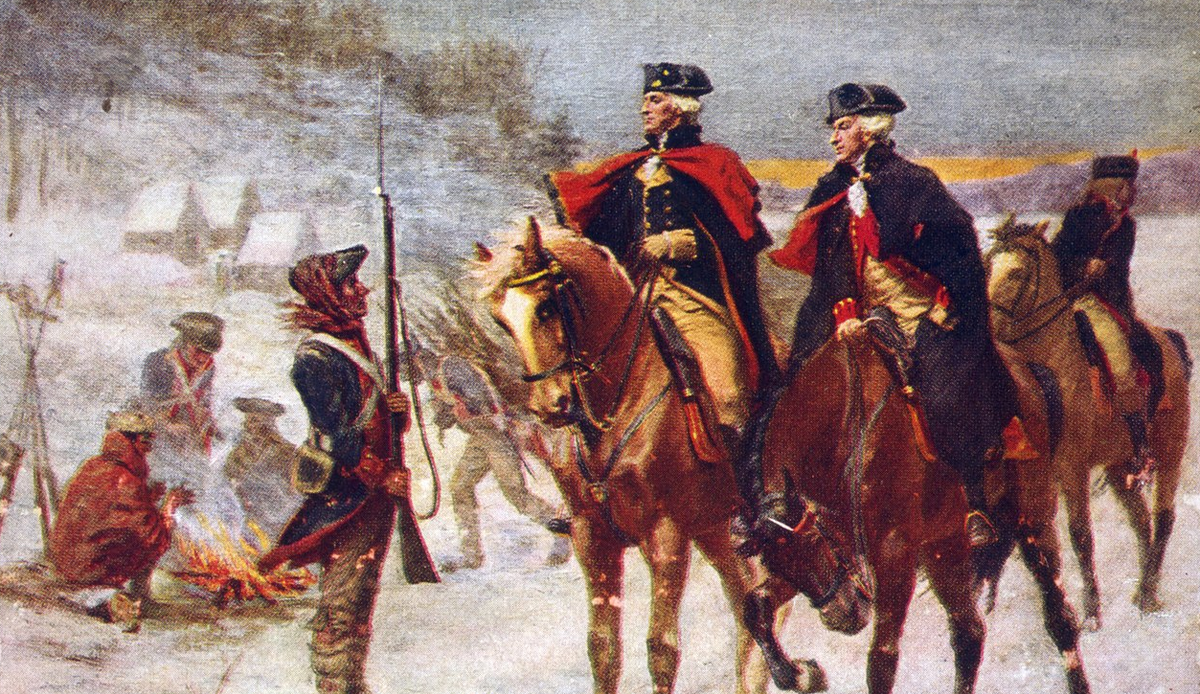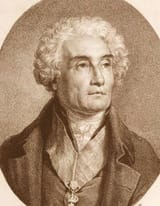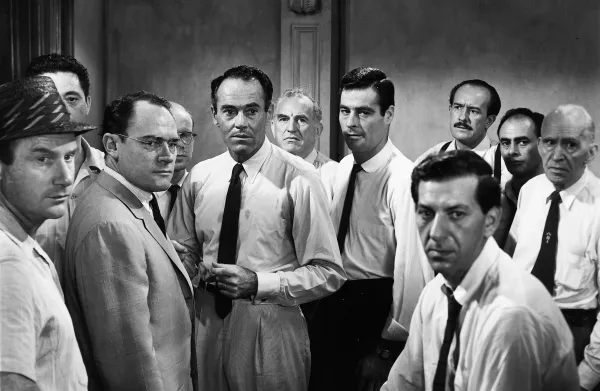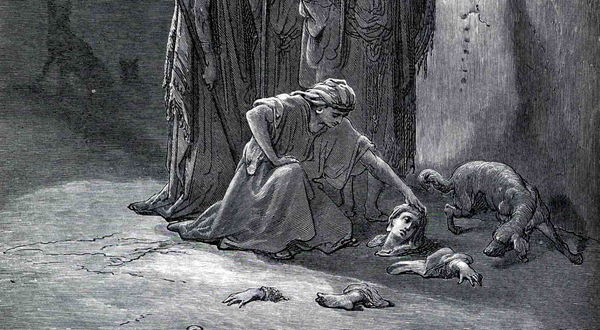Sam Francis's Strategy for Middle America: Winning the War for Cultural and Political Power
We are in a contest of legitimacy. We must break the spell which disarms us and cast a vision for betrayed Middle Americans.

Introduction: The Real Divide
The real divide in modern America is not Left versus Right, Democrat versus Republican. That is a mirage, a puppet show, kayfabe meant to distract the gullible public while the real power hums quietly in the background. Samuel Francis saw through the illusion. The genuine conflict, he argued, pits a self-perpetuating bureaucratic-managerial elite (what he called “the regime”) against the forgotten core of the nation: the Middle American Radicals (MARs)—the people who work, pay taxes, obey the law, and watch their country dissolve around them.
Who Are the Middle American Radicals?
The concept of Middle American Radicals originated with sociologist Donald Warren, who identified them in his 1976 book The Radical Center: The Politics of Alienation in America. Analyzing voter attitudes during the 1968 and 1972 presidential elections, Warren discovered a large segment of the population that defied traditional liberal-conservative categories yet held a coherent set of beliefs.
MARs are predominantly White, middle- and working-class Americans living in suburbs, small towns, and rural areas. They typically lack college degrees and work in skilled trades, small businesses, or clerical and service sectors. Economically insecure, they feel squeezed by stagnant wages, rising living costs, and the erosion of once-expected opportunities. Socially traditional, they are alienated from both the political establishment and the 1960s counterculture. Unlike the wealthy elite or the impoverished underclass, MARs occupy a precarious middle ground, where they feel particularly vulnerable to shifts in the economy and culture.
Warren’s key insight was that MARs occupy a “radical center,” defined not by left-right positioning but by opposition to threats from both above and below:
- From above: elitist bureaucrats, corporate executives, and intellectuals seen as self-serving and out of touch.
- From below: a welfare-dependent underclass and radical activists perceived as undermining norms and living off taxpayers.
Politically, MARs exhibit a mix of populism, nationalism, and social conservatism. Their populist orientation manifests in a deep distrust of elites and established institutions, including both major political parties, the media, and large corporations. They are skeptical of globalism, free trade, and multinational institutions, favoring policies that prioritize American workers and industries.
MARs are socially conservative, emphasizing traditional values, law and order, and national sovereignty. They tend to oppose affirmative action, immigration policies they perceive as lax, and welfare programs they believe benefit the undeserving at their expense. However, their conservatism is not rooted in ideological dogma but in a pragmatic desire to preserve stability in their communities.
A central theme of MAR identity is cultural alienation. MARs often feel excluded from the dominant cultural narratives shaped by urban elites and progressive activists. They view themselves as the "forgotten majority," whose values and interests are ignored or dismissed in favor of those deemed more politically fashionable. This alienation fuels their resentment toward political correctness, multiculturalism, Wokeism, and the erosion of American traditions.
Francis’s Contribution
Francis expanded on Warren’s concept of Middle American Radicals arguing that MARs represented a distinct class with the potential to reshape American politics through populist movements. He viewed MARs as the backbone of what he called "Middle American populism," a political force capable of challenging the established power structures of both the corporate elite and the liberal-progressive intelligentsia.
Francis saw MARs as an inherently reactionary group, driven by a desire to defend their social and economic position against perceived threats. He argued that their opposition to both elites and underclasses stemmed from their intermediate position in the social hierarchy. Unlike the wealthy, MARs do not possess the economic resources to insulate themselves from social and economic disruptions. Unlike the poor, they do not benefit from welfare programs or progressive policies aimed at redistribution. This dual alienation makes MARs acutely sensitive to issues such as immigration, globalization, and cultural change.
Francis highlighted the potential for MARs to become a revolutionary force in American politics. He believed their economic grievances and cultural alienation could be mobilized into a coherent political agenda, provided they had the right leadership and organizational structure. This agenda would center on nationalism, economic protectionism, and the restoration of traditional cultural values.
Francis saw MARs as the only real constituency capable of winning electoral power for the Right. His friend and mentor Pat Buchanan represented them in the 1992 and ’96 presidential runs. But the 90s were a time of “prosperity” and even budget surpluses. The wreckage the Buchanan prophesied was yet to come. Whereas Buchanan was ahead of his time, Donald Trump arrived on the scene later when the destruction was evident.
Francis was critical of both major political parties for failing to represent MAR interests. He argued that the Republican Party, despite its rhetoric of traditional values and small government, often prioritized the interests of the corporate elite over those of the middle class. Similarly, he viewed the Democratic Party as increasingly dominated by progressive activists and anti-White identity politics, alienating traditional working-class voters.
According to Francis, the conservative movement erred by trying to build consensus with this managerial regime rather than confronting it. Instead of challenging the Ruling Class, conservatism, “sought consensus rather than conflict with the dominant elite of the regime.” This misperception rendered conservatives politically inert—beautiful losers entertaining ideas, but incapable of mobilizing power.
Borrowing from Antonio Gramsci, Francis argued the real power lies not in electoral success alone, but in control of cultural institutions: schools, media, arts, bureaucracies. The managerial elite shaped ideology and sanitized discourse. Without commanding culture, politics is mere performance on someone else’s stage. Winning the culture war by constructing a counter-hegemonic force was a prerequisite to winning political power. Insurgents must capture minds before seizing legislatures.
Francis pointed out that MARs lack independence—they are largely upper-lower-class professionals dependent on employers, and therefore politically vulnerable. Despite grievances, they had no strong institutional representation or confident identity as a collective force. This absence inhibited any effective political uprising.
Francis prescribed a radical realignment. Rather than conservatives seeking to conserve elite-approved frameworks, MARs needed to reject political accommodation and embrace insurgency. His strategy rests on several core principles:
- Polarization, not partnership. Abandon the illusion of shared national interest with the ruling class. The conflict is existential, not a misunderstanding.
- Concrete grievances over abstract ideology. Speak to what people feel—crime, failing schools, cultural decay, economic collapse—rather than policy-wonk abstractions.
- Institutional independence. Build parallel structures: independent media, schools, civic associations, churches. Stop funding institutions that despise you. Power follows infrastructure.
- Counter-hegemony. Following Gramsci, construct an alternative cultural framework that nurtures MAR identity and agency before seizing political power.
- Nationalist-populism over libertarian dogma. MARs resent elite-underclass alliances more than “big government” in principle. Right-wing populism, not free-market purism, is the path to majority support.
- Prepare for crisis. Regimes falter. When the managerial order stumbles, a disciplined, identity-conscious MAR movement must be ready to replace it. Francis’s language draws heavily from Gramsci’s concept of ideological domination: contouring culture to sustain elite power. For the radical right, the goal must be counter-hegemony, not mimicry.
Unlike mainstream conservatism, Francis argued that power won through elite channels is hollow. What mattered was real epistemic and institutional separation—not inclusion within the regime, but opposition strong enough to displace it when the moment came.
Francis saw fleeting electoral successes—Reagan, Thatcher, even early Tea Party moments—as insufficient without cultural independence. Real power requires epistemic and institutional separation, not inclusion within the regime.
His theories also anticipated Trump’s appeal and the populist realignment. Commentators note Francis became “the Rosetta Stone for Trumpism.” The idea of MARs, a group of politically mobilized, identity-aware, resentful voters, fits Trump’s coalition and Buchanan’s earlier message.
Conclusion
Francis’s realpolitik, underappreciated in establishment circles, frames culture wars not as abstract debates, but as a battle for power. Modern politics is not a debate—it is a contest of legitimacy. The managerial class governs by the illusion of inevitability. The task of the MARs is to break the spell, to remember that the rulers are not the nation, and the nation is not the regime. His vision went beyond nostalgia, demanding institution-building among grassroots Americans who see themselves as betrayed—and who must now reclaim their status in the nation’s life.
ATTENTION READER: We need your help.
Institutional trust is at record lows. But without institutions, we cannot renew our people, much less provide an inheritance to posterity. In response to this crisis and as an organic outgrowth both of necessity and natural interest, American Mantle exists. And so we make our appeal.
Donate to the Cause. Help us reach our monthly goal in order to solidify this crucial institution.







